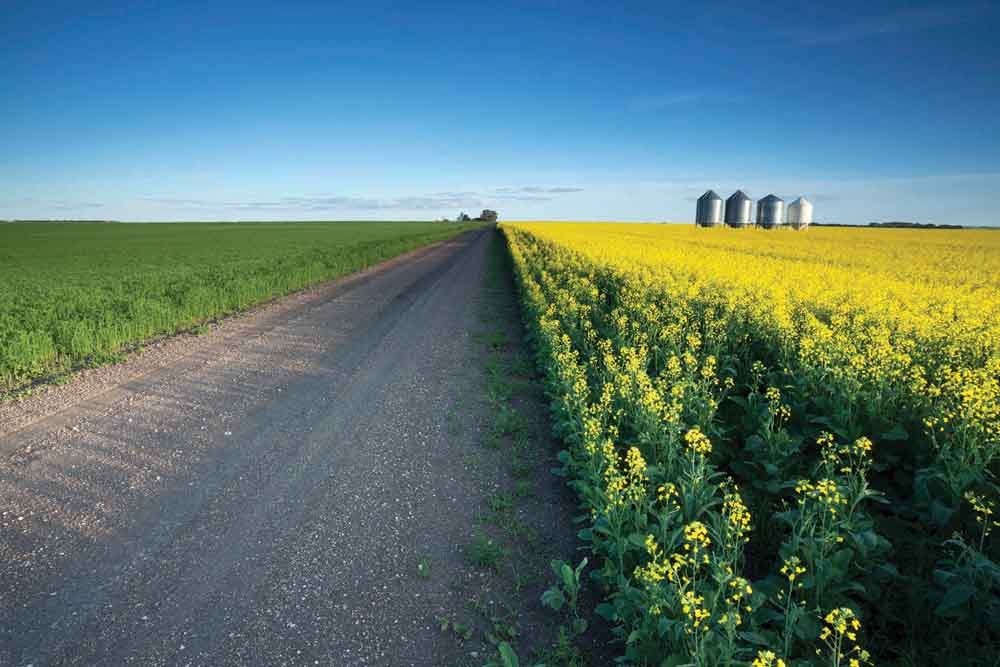Ahead of the next principal field crop report from Statistics Canada, there’s some speculation that the 2022-23 canola crop could come in below 19 million tonnes. The thinking is some areas of the Prairies have received too much moisture, while other parts of the region didn’t get near enough.
There was a suggestion that any hopes for a harvest of 20 million tonnes are very likely out the window because of those divergent conditions on the Prairies. But anything significantly more than last year’s drought-stricken output of 12.5 million tonnes will be a victory.
Statistics Canada is scheduled to publish its next report on Aug. 29. This report should provide a more accurate picture of what’s happened across the Prairies regarding the progress of canola and other major crops.
Read Also

Manitoba boosts stake in cereals centre to $23.5 million
Premier Wab Kinew said the additional project funds will help ‘Trump-proof’ the provincial economy.
With the excessive moisture on parts of the eastern half of the region, canola is reported to be coming along quite nicely, for the most part. However, delays to planting have meant the oilseed’s development is somewhat behind. That could raise concerns about frost damaging the crop should those freezing temperatures come sooner than expected.
In those dry areas of the western Prairies, timely rains failed to materialize, and the growth for thirsty crops was impeded.
The trade’s feel for 2022-23 canola has been showing up on ICE Futures. Gone are those days of canola futures far above $1,000 per tonne, replaced by values of $800-$850, depending on the contract.
That said, any notion of hanging onto one’s canola for those ‘glory days’ to return may very well prove to futile. However, this is the Prairies and things can change ever so quickly. There have also been suggestions canola could spike if there were some sort of catastrophic event that severely damaged the crop — the idea being prices would climb above $900 per tonne, but remain below $1,000.
As usual, there are pros and cons at every turn. But the general direction right now is canola prices are set to drop. So be prepared if those front contracts should fall under $800 per tonne as the dog days of summer approach.
















